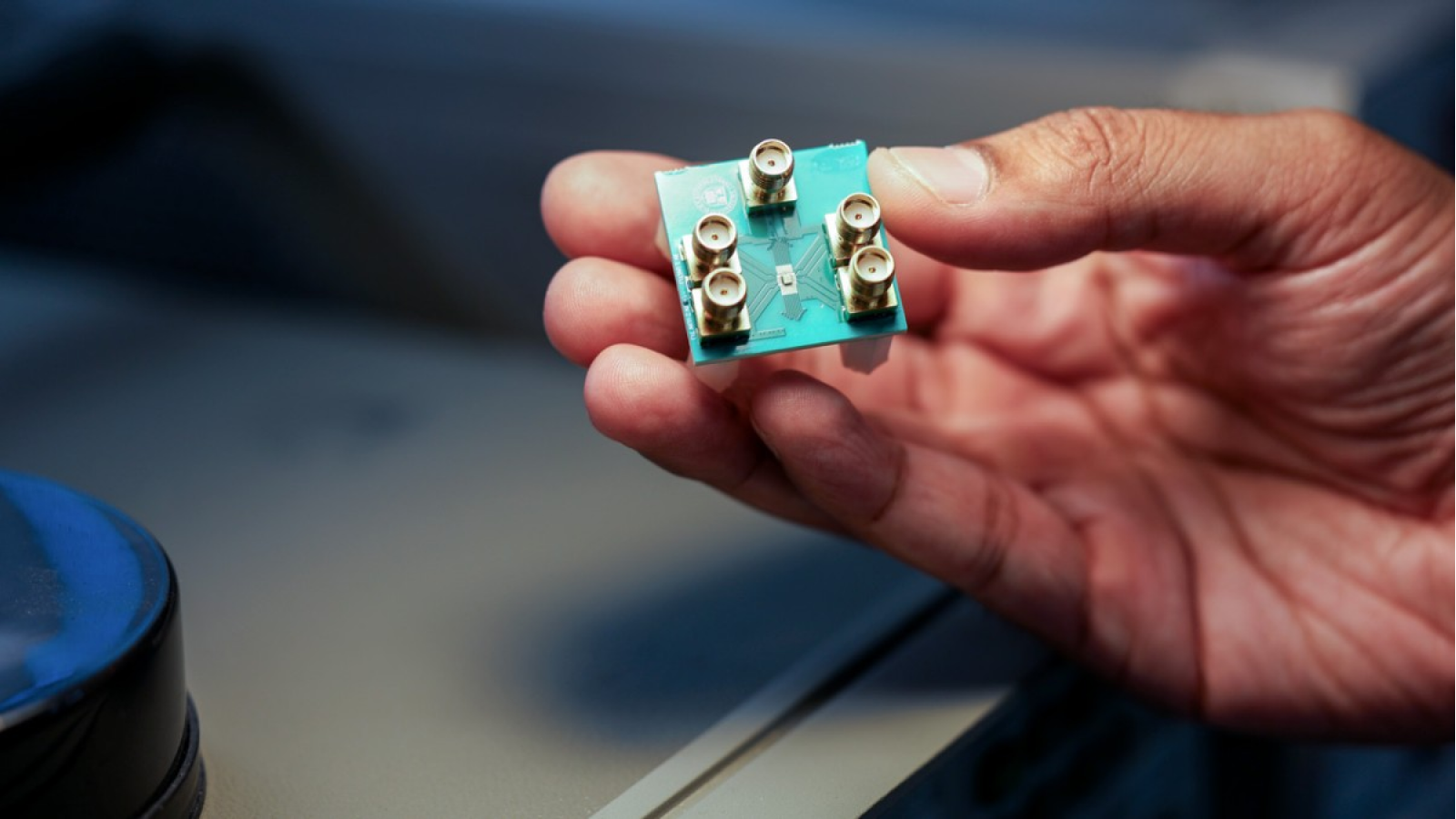Prehistoric Jomon people in Japan had 'little to no' DNA from the mysterious Denisovans, study finds
The prehistoric Jomon people of Japan had "unexpectedly low" levels of DNA from the Denisovans, our mysterious human relatives.

The Jomon people living in prehistoric Japan had "little to no" Denisovan DNA, suggesting their ancestors may not have been in contact with this now-extinct group of Eurasian humans, a new study reports.
The finding was part of an investigation into hundreds of ancient and modern genomes to determine when and where modern humans (Homo sapiens) mated with our mysterious Denisovan cousins.
"Surprisingly, we found that individuals in the Japanese archipelago from the prehistoric Jomon period [from around 16,000 to 3,000 years ago] carried the least Denisovan ancestry among ancient and present-day East Asians," the researchers wrote in the study, which was published Oct. 20 in the journal Current Biology.
In addition, the team found that ancient mainland East Asians, for example from China and Mongolia, carried more Denisovan genes than any other Eurasian population. These early East Asians got their high amount of Denisovan ancestry from multiple Denisovan groups before the Last Glacial Maximum (roughly 26,500 to 19,000 years ago), the coldest part of the last ice age, the team found.
Meanwhile, ancient Western Eurasians, such as those in Iran and Georgia, harbored the least Denisovan ancestry, the team reported.
The findings are helping scientists to map out early human migrations and how different groups mixed. "Denisovan DNA represents a powerful marker to reconstruct population history," study co-author Stéphane Peyrégne, an evolutionary geneticist at the Max Planck Institute for Evolutionary Anthropology in Germany, said in a statement.
Mysterious Denisovans
Little is known about the Denisovans, who lived in Eurasia from about 200,000 to 30,000 years ago, but researchers have found a handful of their remains and traces of their DNA in present-day Oceanians, East Asians, Southeast Asians and Indigenous Americans.
Get the world’s most fascinating discoveries delivered straight to your inbox.
To track when and where Denisovan DNA entered the genome of modern humans, the team analyzed the genetic makeup of 115 H. sapiens whose ancient remains were found in the U.S., South America, West Eurasia, Siberia and East Asia. The oldest remains were from an individual who lived roughly 45,000 years ago in what is now Bulgaria, while the most recent remains were from a person who lived 766 years ago in what is now Siberia. They also analyzed the genomes of 279 present-day individuals whose data is recorded in the Simons Genome Diversity Project.
The researchers found the most Denisovan ancestry in roughly 40,000-year-old human remains from China, called Tianyuan, with 0.25% of their genome coming from Denisovans. Analyses revealed Tianyuan's DNA came from multiple different Denisovan groups.
The researchers were surprised to find that Japanese people from the prehistoric Jomon period had very little Denisovan ancestry, with one individual who lived 3,755 years ago sporting one-sixth to one-eighth of the Denisovan DNA found in present-day East Asians. (Modern East Asians have around 0.1% Denisovan DNA).
However, Denisovan genes eventually found their way into Japan. People from the Kofun period in Japan (from around A.D. 300 to 710) had more Denisovan DNA than Jomon individuals, with these genes potentially entering genomes following the mass migration of East Asians into Japan during this period.
For now, it's unclear why the Jomon had little Denisovan ancestry, but the team has ideas.
It may be that "some [modern human] groups took different routes during the early dispersals in East Asia," study first author Jiaqi Yang, a doctoral researcher of evolutionary genetics at the Max Planck Institute for Evolutionary Anthropology, said in the statement. "Or, Denisovans were so sparsely distributed that interactions with them were rare."
The researchers cannot be sure on the exact scenario because the data available are limited. Currently, the oldest Jomon genome is only around 9,000 years old, but there is evidence of modern humans living in the Japanese archipelago from around 32,000 years ago. Genetic data from that missing 23,000-year period "might help resolve the early population history in the region," the authors wrote in the study.
Human evolution quiz: What do you know about Homo sapiens?

Sophie is a U.K.-based staff writer at Live Science. She covers a wide range of topics, having previously reported on research spanning from bonobo communication to the first water in the universe. Her work has also appeared in outlets including New Scientist, The Observer and BBC Wildlife, and she was shortlisted for the Association of British Science Writers' 2025 "Newcomer of the Year" award for her freelance work at New Scientist. Before becoming a science journalist, she completed a doctorate in evolutionary anthropology from the University of Oxford, where she spent four years looking at why some chimps are better at using tools than others.
You must confirm your public display name before commenting
Please logout and then login again, you will then be prompted to enter your display name.
